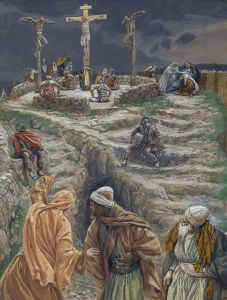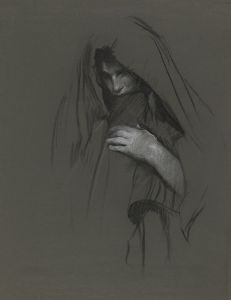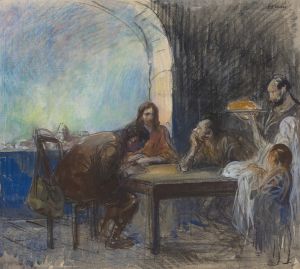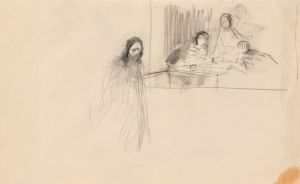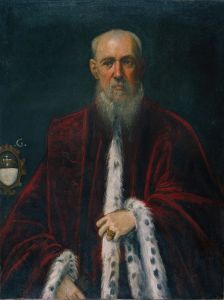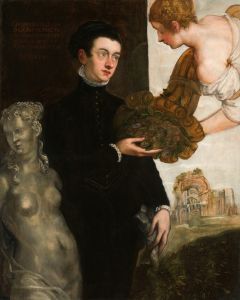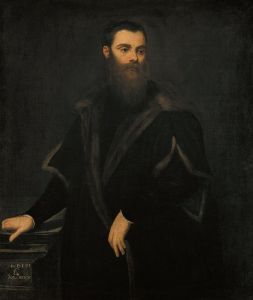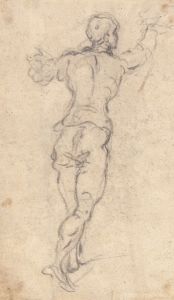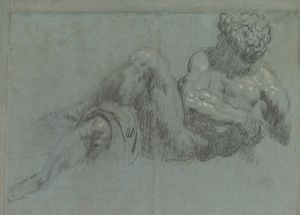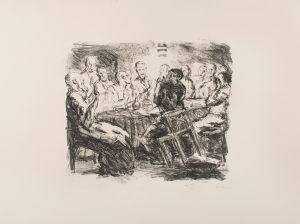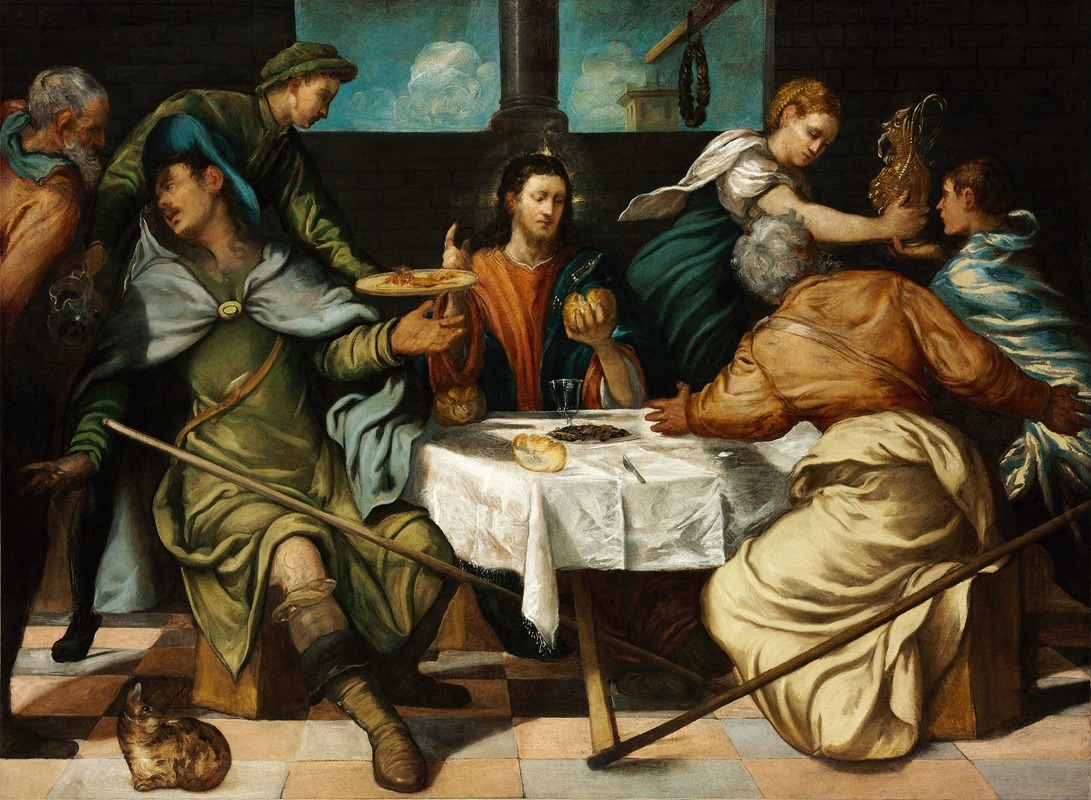
The Supper At Emmaus
A hand-painted replica of Jacopo Tintoretto’s masterpiece The Supper At Emmaus, meticulously crafted by professional artists to capture the true essence of the original. Each piece is created with museum-quality canvas and rare mineral pigments, carefully painted by experienced artists with delicate brushstrokes and rich, layered colors to perfectly recreate the texture of the original artwork. Unlike machine-printed reproductions, this hand-painted version brings the painting to life, infused with the artist’s emotions and skill in every stroke. Whether for personal collection or home decoration, it instantly elevates the artistic atmosphere of any space.
"The Supper at Emmaus" is a painting by the renowned Italian Renaissance artist Jacopo Tintoretto. Tintoretto, whose real name was Jacopo Comin, was a prominent figure in the Venetian school of painting and is known for his dynamic compositions and dramatic use of light and shadow. He was born in Venice in 1518 and spent most of his life working there until his death in 1594.
"The Supper at Emmaus" depicts a scene from the New Testament, specifically from the Gospel of Luke (24:13-35). This passage describes an event that took place after the resurrection of Jesus Christ. Two of Jesus' disciples were traveling to the village of Emmaus, about seven miles from Jerusalem, when they were joined by a stranger who they did not recognize as Jesus. As they walked, they discussed the recent events of Jesus' crucifixion and the reports of his resurrection. When they arrived at Emmaus, they invited the stranger to stay with them. During the meal, Jesus broke bread and gave it to them, at which point their eyes were opened, and they recognized him. Jesus then vanished from their sight.
Tintoretto's painting captures the moment of revelation when the disciples recognize Jesus. The composition is characterized by its dramatic use of light and shadow, a hallmark of Tintoretto's style. The figures are arranged around a table, with Jesus at the center, breaking bread. The expressions of the disciples convey a sense of astonishment and realization. The use of light in the painting highlights Jesus, drawing the viewer's attention to the central figure and emphasizing the divine nature of the moment.
The painting is notable for its dynamic composition and the way Tintoretto uses perspective to create a sense of depth and movement. The figures are depicted in a naturalistic manner, with careful attention to detail in their clothing and expressions. The background of the painting includes architectural elements that add to the sense of space and context.
Tintoretto's "The Supper at Emmaus" is an excellent example of his ability to convey complex religious themes through his art. His use of light and shadow, combined with his dynamic compositions, creates a powerful visual narrative that engages the viewer and brings the biblical story to life.
The painting is housed in the Museo del Prado in Madrid, Spain. The Museo del Prado is one of the most important art museums in the world, with a vast collection of European art from the 12th to the early 20th century. Tintoretto's work is an important part of the museum's collection, and "The Supper at Emmaus" is one of the highlights of their holdings.
In summary, Jacopo Tintoretto's "The Supper at Emmaus" is a masterful depiction of a key moment in the New Testament. Through his use of light, shadow, and dynamic composition, Tintoretto brings the story to life, capturing the moment of divine revelation with dramatic intensity. The painting remains an important work in the history of art and a testament to Tintoretto's skill as a painter.





